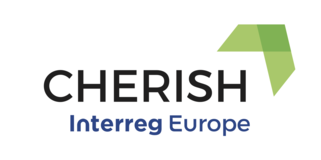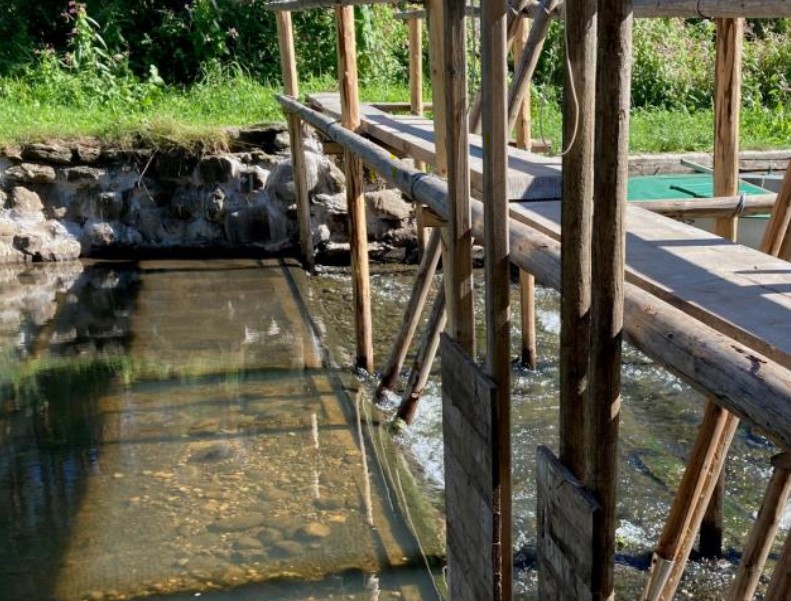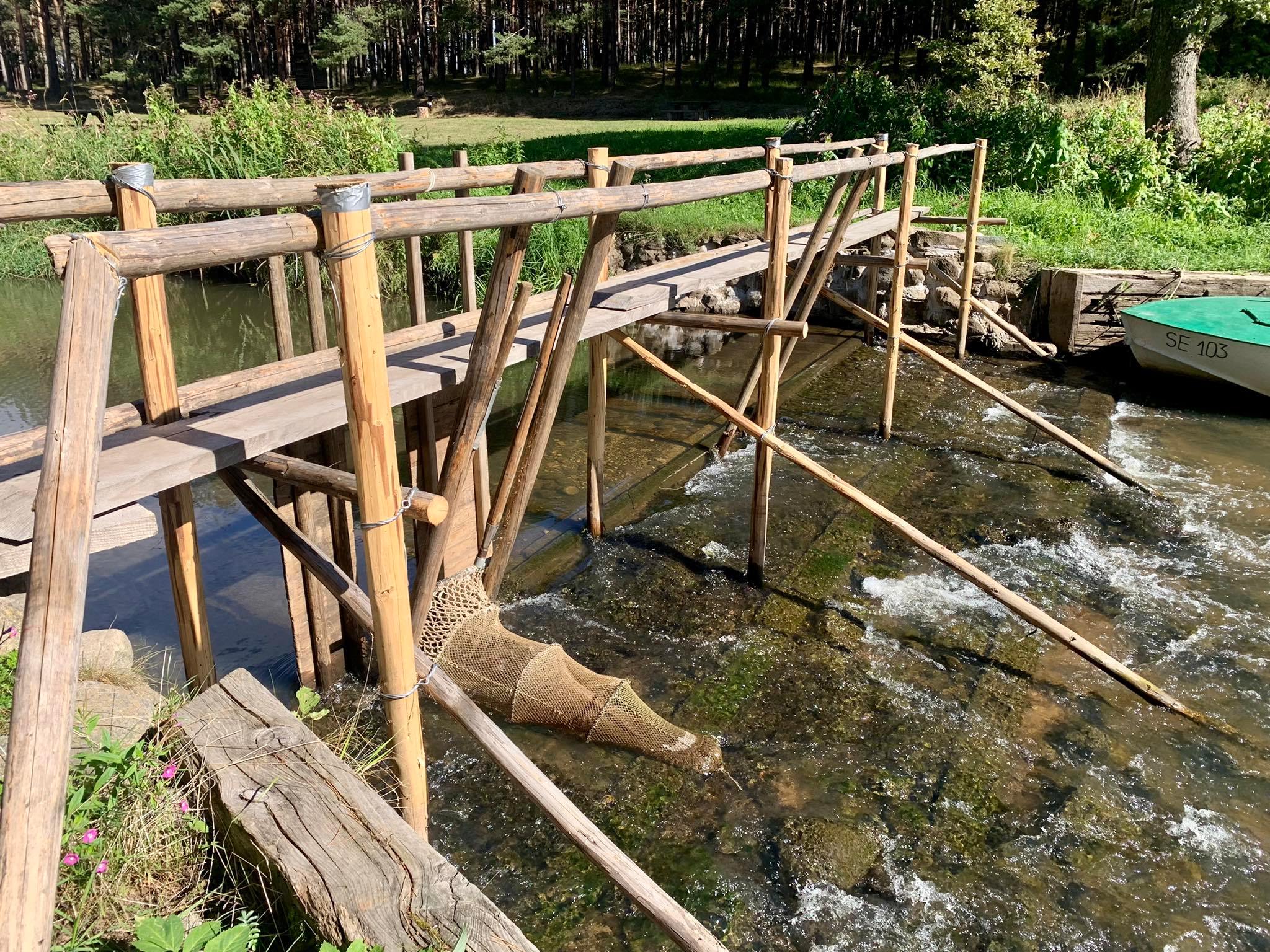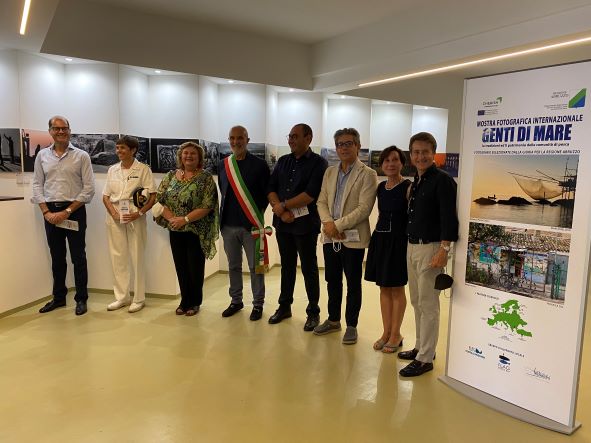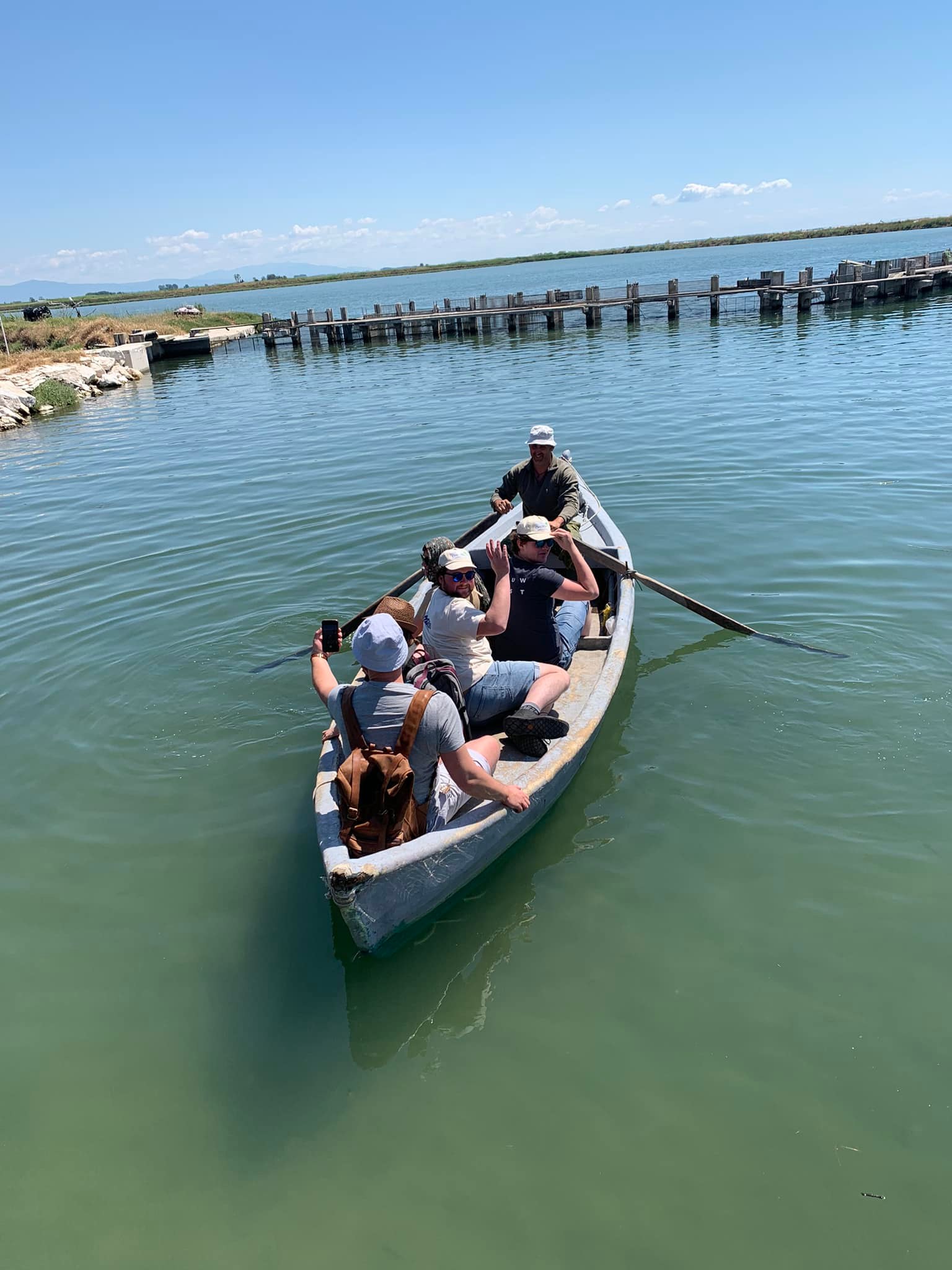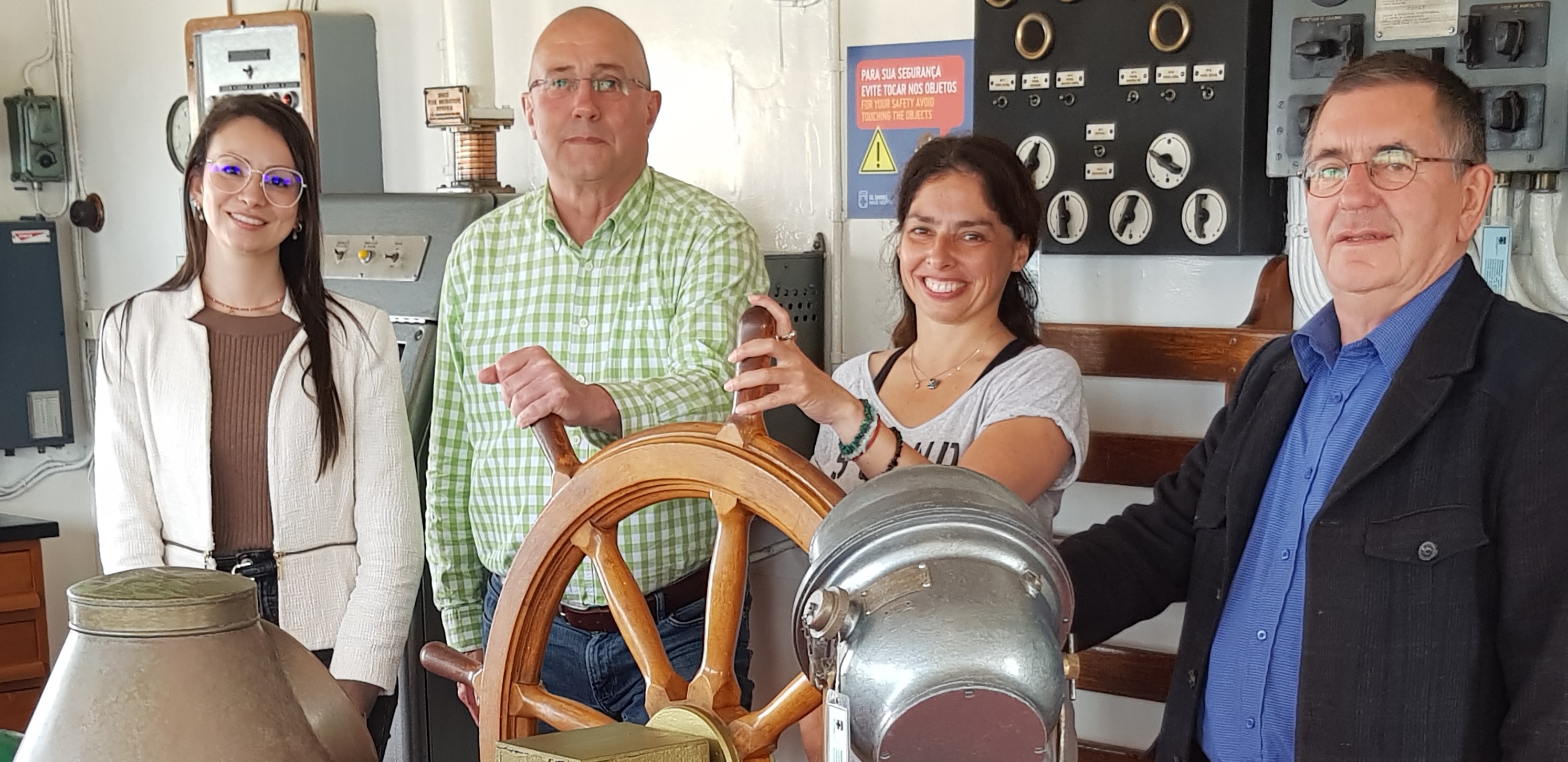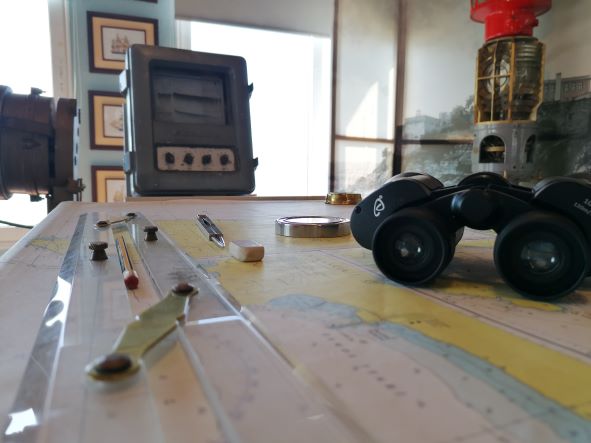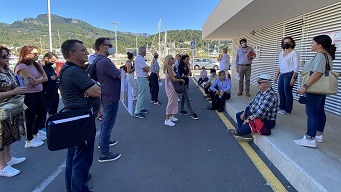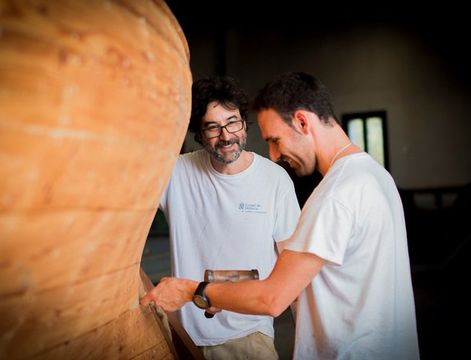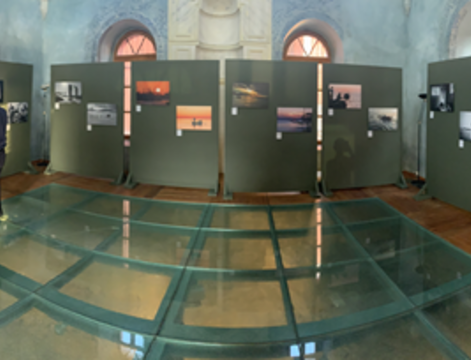Stakeholder involvement: With creativity, flexibility and a high level of cultural sensitivity through the corona pandemic
CHERISH is based on experience exchange between seven coastal regions in Europe to protect the cultural heritage of their fishing communities and their sustainable economic use. Based on the experience and strategies of the partner regions and in adaptation to their own regional context, the partners develop actions for the region in close coordination with their regional interest groups.
But how do you work with stakeholders during lockdown and social distancing?
The pandemic has put everyone in difficult situations for over a year now. Our project regions were unfortunately not spared from high infection rates, lockdowns and personal as well as professional loss. Nevertheless, the project partners developed creative ways to stay in contact with their stakeholders and to advance the project’s work on actions. Fortunately, thanks to the Internet and video conference programmes, many discussions and meetings could be held virtually. And for most of those involved, this was a new but welcome alternative, because it allowed the strict distance rules to be adhered to and project progress made nonetheless. A steep learning curve included for everyone involved!
While many partners were able to switch to the computer and meet online, there are stakeholders who do not have the opportunity to do so. Reasons for this are various like a lack of knowledge and equipment, poor internet connections or cultural and religious reservations. The CHERISH partners spared no effort and got creative in order to continue to involve the concerned interest groups in the important process of creating the Action Plan and to make their voices heard. Respecting local restrictions, they organized bilateral meetings in- or outside, contacted the stakeholders on the phone or even organized hybrid stakeholder meetings with part of them present and part virtually connected.
This enabled all those involved to continuously advance their work on the action plan. However, despite all efforts, all measures taken could not completely replace face-to-face meetings, as one project partner clearly points out: “Before, the face-to-face meetings usually consisted of a section on updating the partners on CHERISH, followed by discussions. The situation felt friendlier, there was room for jokes and to develop a sense for the group. With [videoconferencing], it feels less personal; it lacks the part of reaching out. Also, the medium was new to some of the members which could complicate it too.”
So we've learned a lot and are proud of our achievements despite the limitations, but how much we all hope that we can meet again in person soon!
By Sophie Thayne, EUCC-D

